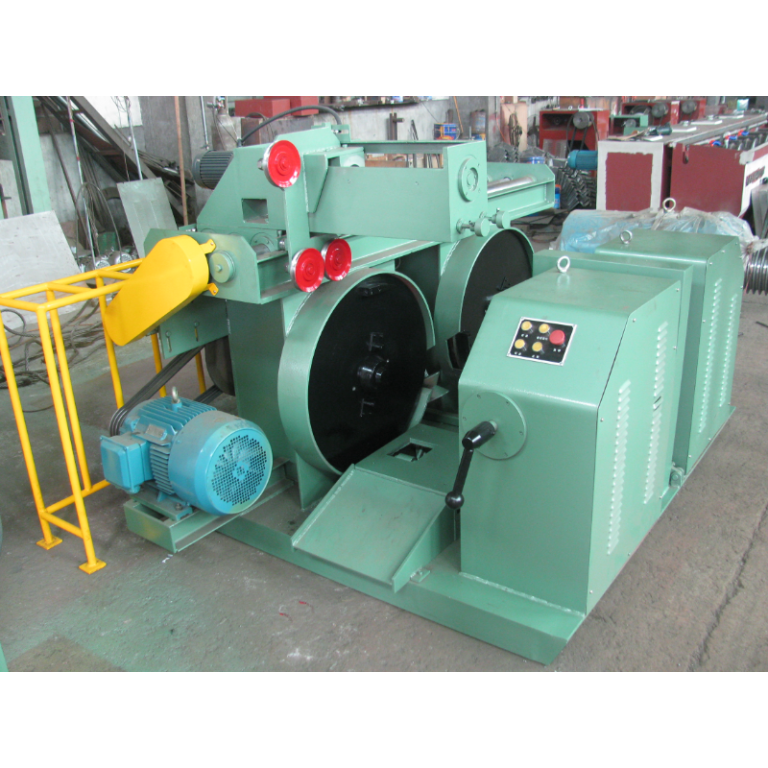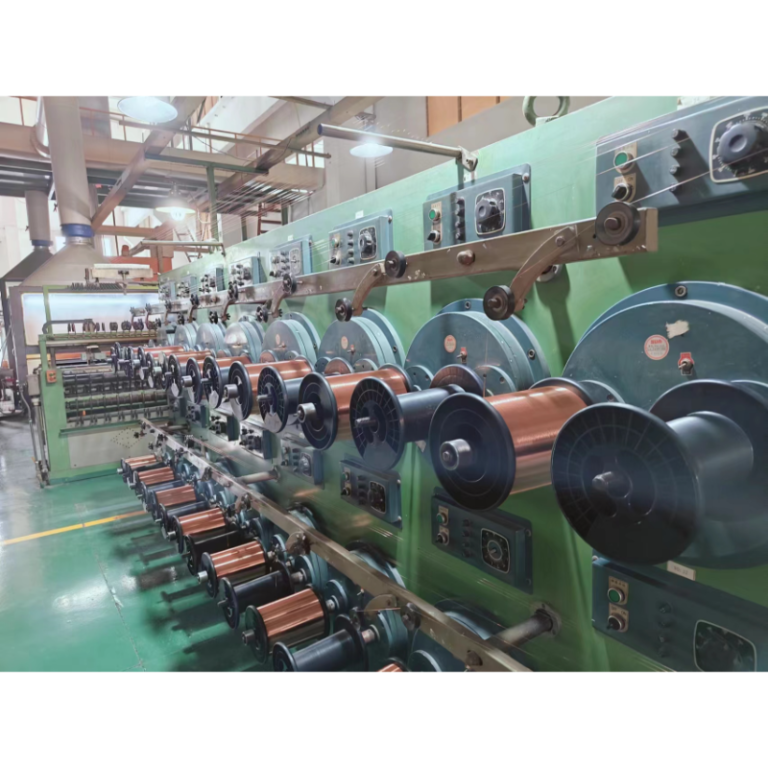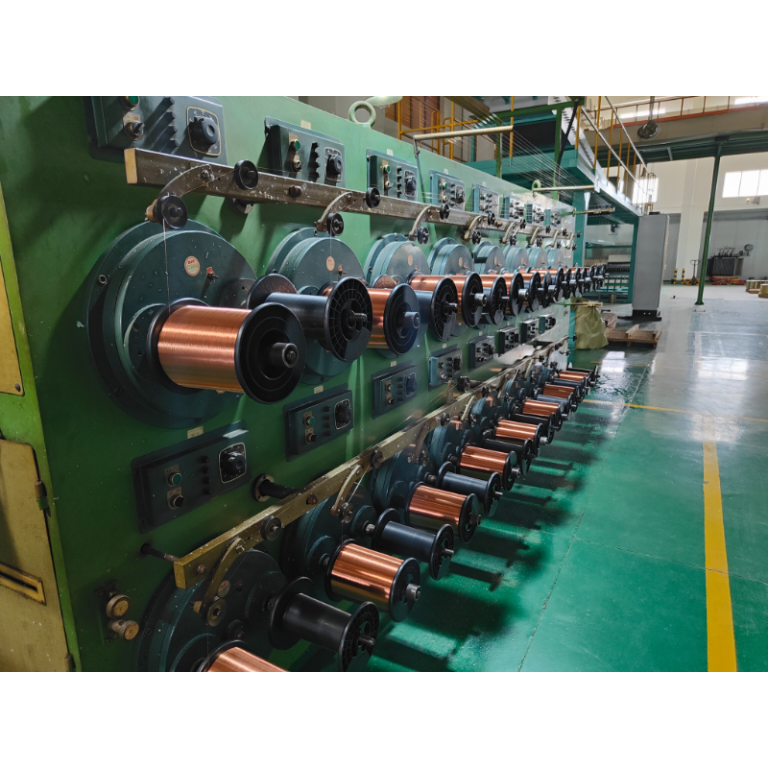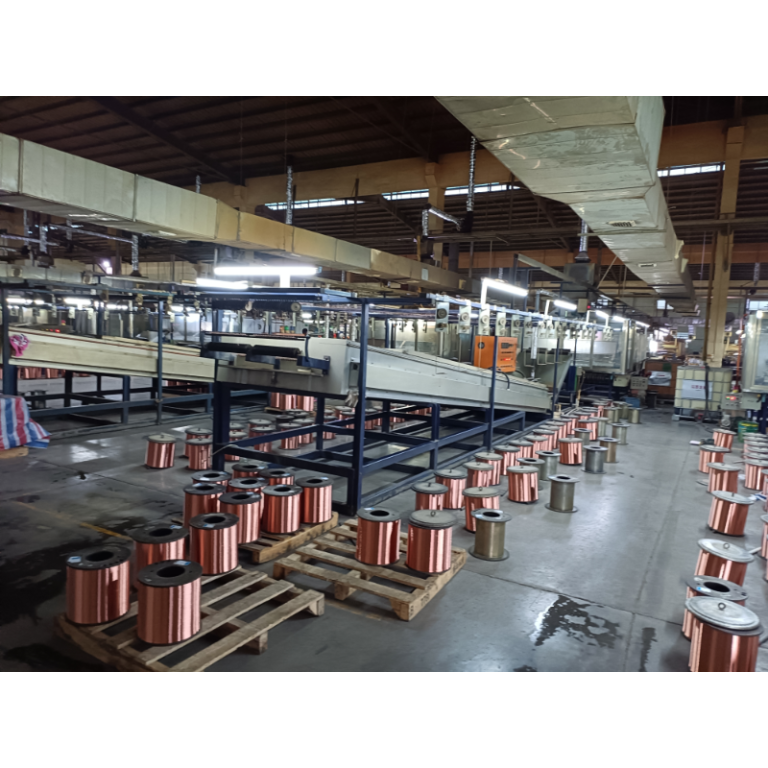Table of Contents
دليل خطوة بخطوة لعملية الصقل من خلال الوضع الرأسي
مزايا عملية الصقل العمودي
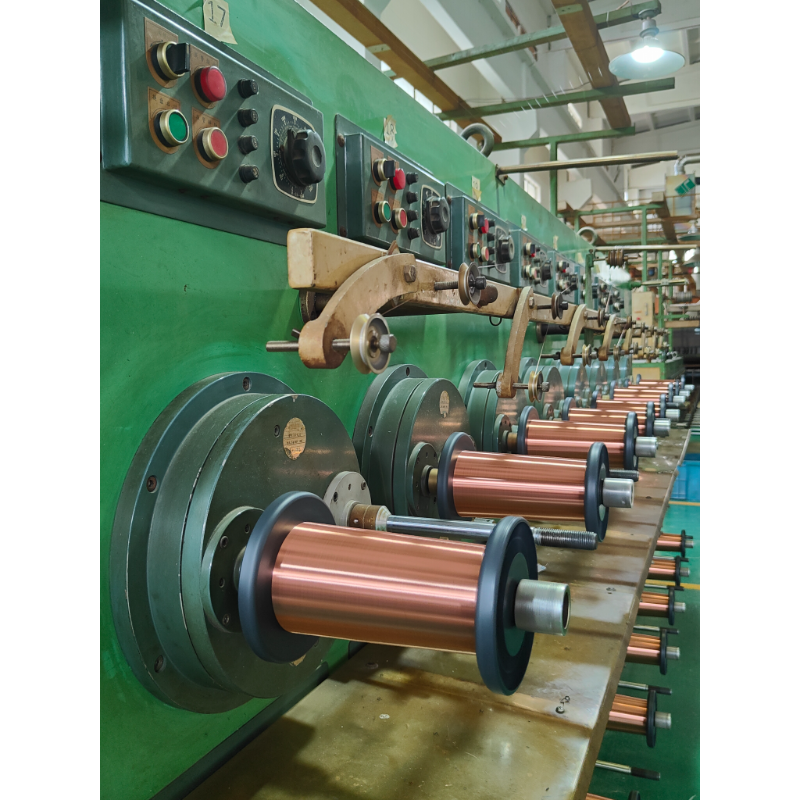
بالإضافة إلى مزاياها العملية، توفر عملية الصقل العمودي أيضًا إمكانيات إبداعية فريدة من نوعها. من خلال العمل على سطح عمودي، يمكن للفنانين تجربة تقنيات وتأثيرات مختلفة يصعب تحقيقها باستخدام طرق الطلاء الأفقية التقليدية. يمكن أن يؤدي ذلك إلى أعمال فنية مبتكرة ومبتكرة حقًا تدفع حدود ما هو ممكن باستخدام المينا.
بشكل عام، توفر عملية الصقل العمودي عددًا من المزايا مقارنة بتقنيات الصقل الأفقية التقليدية. بدءًا من القدرة على إنشاء تصميمات كبيرة وسلسة وحتى التحكم بشكل أكبر في تطبيق المينا، تعتبر هذه التقنية مثالية للفنانين والمصنعين الذين يتطلعون إلى دفع حدود ما هو ممكن مع المينا. سواء كنت فنانًا متمرسًا في مجال المينا أو بدأت للتو، فإن عملية المينا العمودية تستحق الاستكشاف بالتأكيد لإمكانياتها الإبداعية الفريدة ومزاياها العملية.

الأخطاء الشائعة التي يجب تجنبها في عملية الصقل العمودي
يعد حرق المينا في درجة حرارة خاطئة أو لفترة زمنية خاطئة خطأً شائعًا آخر في عملية الطلاء الرأسي. تتطلب الأنواع المختلفة من المينا درجات حرارة وأوقات حرق مختلفة، لذلك من المهم اتباع تعليمات الشركة المصنعة بعناية. قد يؤدي إطلاق النار على الساخن جدًا أو لفترة طويلة جدًا إلى ظهور فقاعات أو تقرحات أو حتى حرق السطح المعدني للمينا. لتجنب هذا الخطأ، استثمر في فرن عالي الجودة مزود بضوابط دقيقة لدرجة الحرارة واستخدم مؤقتًا للتأكد من حرق المينا للمدة الصحيحة.
عدم تلدين المينا بشكل صحيح بعد التسخين هو خطأ شائع آخر يمكن أن يؤدي إلى لمسة نهائية هشة وسهلة التلف. التلدين هو عملية تبريد المينا ببطء إلى درجة حرارة الغرفة لتخفيف الضغوط الداخلية ومنع التشقق. لتصلب المينا بشكل صحيح، اتركها تبرد في الفرن لبضع دقائق قبل إزالتها ووضعها في طبقة من الفيرميكوليت أو أي مادة عازلة أخرى لتبرد ببطء. سيساعد ذلك على ضمان أن تكون مينا الأسنان قوية ومتينة.
أخيرًا، أحد الأخطاء الأكثر شيوعًا في عملية الصقل الرأسي هو عدم اتباع احتياطات السلامة المناسبة. تتضمن عملية الصقل العمل بدرجات حرارة عالية ومواد سامة، لذا من المهم ارتداء معدات واقية مثل القفازات والنظارات الواقية وجهاز التنفس لحماية نفسك من الحروق والأبخرة. ومن المهم أيضًا العمل في منطقة جيدة التهوية واتباع إجراءات السلامة المناسبة عند التعامل مع مواد المينا والتخلص منها.
في الختام، يمكن أن تؤدي عملية المينا الرأسية إلى نتائج جميلة ودائمة، ولكن هناك بعض الأخطاء الشائعة التي يقع فيها المبتدئين. غالبا ما تجعل. من خلال تنظيف السطح المعدني بشكل صحيح، ووضع طبقات رقيقة من المينا، والحرق في درجة الحرارة والوقت الصحيحين، وتليين المينا بعد الحرق، وممارسة احتياطات السلامة المناسبة، يمكنك تجنب هذه الأخطاء الشائعة وإنشاء قطع مطلية مذهلة تدوم لسنوات عديدة. تعال.
Enameling is a process that has been used for centuries to add color and durability to various objects, from jewelry to cookware. One method of enameling that has gained popularity in recent years is the vertical enameling process. This technique involves applying enamel to a vertical surface, such as a wall or a panel, rather than a horizontal surface like a table or a plate.
One of the main advantages of the Vertical Enameling Machine is the ability to create large, seamless designs. When enamel is applied to a vertical surface, it can flow and blend together more easily, resulting in a smooth and uniform finish. This makes it ideal for creating intricate patterns or detailed images that would be difficult to achieve with traditional horizontal enameling techniques.
Another benefit of the vertical enameling process is the ability to work on larger pieces. Because the enamel is applied to a vertical surface, there is no limit to the size of the object that can be enameled. This makes it possible to create large-scale artworks or installations that would be impossible to achieve with traditional horizontal enameling methods.
Additionally, the vertical enameling process allows for greater control over the application of the enamel. By working on a vertical surface, artists can more easily manipulate the flow of the enamel and create precise lines and shapes. This level of control is especially important when working on detailed or intricate designs, as even the smallest mistake can ruin the entire piece.
Furthermore, the vertical enameling process is more efficient than traditional horizontal enameling techniques. Because the enamel is applied to a vertical surface, it can be fired more quickly and evenly, resulting in a faster overall production time. This makes it possible to create multiple pieces in a shorter amount of time, making the vertical enameling process ideal for artists or manufacturers who need to produce large quantities of enameled objects.

In addition to its practical advantages, the vertical enameling process also offers unique creative possibilities. By working on a vertical surface, artists can experiment with different techniques and effects that would be difficult to achieve with traditional horizontal enameling methods. This can result in truly innovative and original artworks that push the boundaries of what is possible with enamel.
Overall, the vertical enameling process offers a number of advantages over traditional horizontal enameling techniques. From the ability to create large, seamless designs to greater control over the application of the enamel, this technique is ideal for artists and manufacturers looking to push the boundaries of what is possible with enamel. Whether you are a seasoned enamel artist or just starting out, the vertical enameling process is definitely worth exploring for its unique creative possibilities and practical advantages.
Common Mistakes to Avoid in Enameling Process Through Vertical
Enameling is a centuries-old technique that involves fusing powdered glass to metal to create a durable and colorful surface. One popular method of enameling is the vertical process, where the enamel is applied to a vertical surface and then fired in a kiln. While this technique can produce stunning results, there are some common mistakes that beginners often make when enameling through vertical.
One of the most common mistakes in the Wire Enameling Plant is not properly cleaning the metal surface before applying the enamel. Any dirt, grease, or oxidation on the metal can prevent the enamel from adhering properly, leading to a patchy or uneven finish. To avoid this mistake, be sure to thoroughly clean the metal with a degreasing agent and a fine abrasive before applying the enamel.
Another common mistake is applying too thick of a layer of enamel. While it may be tempting to pile on the enamel for a more vibrant color, thick layers can lead to cracking and chipping during firing. It is important to apply thin, even layers of enamel to ensure a smooth and durable finish. If you find that your enamel is too thick, you can gently scrape away excess enamel with a sharp tool before firing.

Firing the enamel at the wrong temperature or for the wrong amount of time is another common mistake in the vertical enameling process. Different types of enamel require different firing temperatures and times, so it is important to follow the manufacturer’s instructions carefully. Firing too hot or for too long can cause the enamel to bubble, blister, or even burn off the metal surface. To avoid this mistake, invest in a good quality kiln with accurate temperature controls and use a timer to ensure that you fire your enamel for the correct amount of time.
Not properly annealing the enamel after firing is another common mistake that can lead to a brittle and easily damaged finish. Annealing is the process of slowly cooling the enamel to room temperature to relieve internal stresses and prevent cracking. To properly anneal your enamel, allow it to cool in the kiln for a few minutes before removing it and placing it in a bed of vermiculite or other insulating material to cool slowly. This will help ensure that your enamel is strong and durable.
Finally, one of the most common mistakes in the vertical enameling process is not practicing proper safety precautions. Enameling involves working with high temperatures and toxic materials, so it is important to wear protective gear such as gloves, goggles, and a respirator to protect yourself from burns and fumes. It is also important to work in a well-ventilated area and to follow proper safety procedures when handling and disposing of enamel materials.
In conclusion, the vertical enameling process can produce beautiful and durable results, but there are some common mistakes that beginners often make. By properly cleaning the metal surface, applying thin layers of enamel, firing at the correct temperature and time, annealing the enamel after firing, and practicing proper safety precautions, you can avoid these common mistakes and create stunning enameled pieces that will last for years to come.

